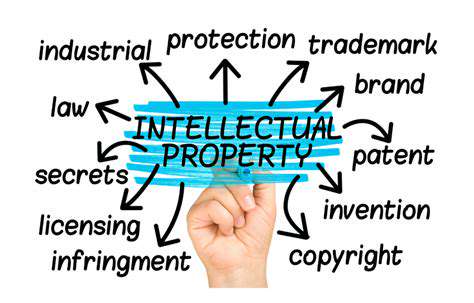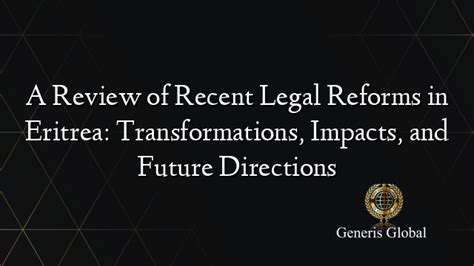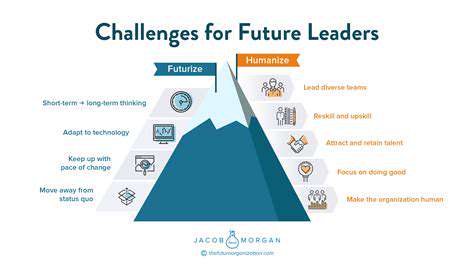Building Community Guidelines for UGC Platforms

Enhancing Transparency and User Education
Promoting Open Communication
Clear and accessible communication channels are crucial for fostering a sense of community and trust. Users should be able to easily report violations, ask questions about the guidelines, and provide feedback on their application. This includes establishing dedicated channels for support, such as a frequently asked questions (FAQ) section, a dedicated forum, or a direct contact email address. Prompt and helpful responses to user queries are essential to maintaining a positive and productive environment for all participants.
Providing various ways for users to voice their concerns, including private messaging or moderated discussion boards, can help create an environment where users feel comfortable expressing their opinions and concerns without fear of retribution. This open dialogue is vital for identifying potential areas for improvement and ensures the guidelines remain relevant and effective.
Defining Clear Violation Categories
A comprehensive list of prohibited behaviors, clearly defined and categorized, is essential for transparency. This should include specific examples of content that violates the guidelines, avoiding ambiguity and ensuring consistency in enforcement. This detailed categorization will help users understand what is expected of them and give administrators clear criteria for evaluating potential violations.
Explicitly defining various types of violations, such as harassment, hate speech, impersonation, and plagiarism, will make the guidelines more effective and prevent misunderstandings. Each violation category should include a description of the prohibited behavior and examples of what constitutes a violation. This will promote a consistent and fair application of the guidelines by all administrators.
Encouraging User Participation in Guideline Development
Involving users in the process of creating and refining the community guidelines can foster a greater sense of ownership and encourage adherence. Users can contribute suggestions, provide feedback on existing rules, and help improve the guidelines' effectiveness. This collaborative approach ensures that the guidelines accurately reflect the community's values and expectations.
Open forums or surveys can be implemented to gather user feedback on the guidelines. By actively soliciting input from the community, administrators can ensure that the guidelines are well-received and understood, ultimately leading to a more inclusive and participatory environment.
Providing User Education and Training
Educating users about the community guidelines is crucial for effective implementation. This can be achieved through various methods, such as incorporating a comprehensive explanation of the guidelines into the user onboarding process, providing regular updates, and creating easily accessible resources. This proactive approach will help users understand the rules and their implications for their interactions within the community.
Tutorials, webinars, and interactive guides can effectively demonstrate how to comply with the guidelines and provide examples of both compliant and non-compliant content. This knowledge transfer can help prevent misunderstandings and ensure that users understand the expectations for their behavior and the importance of community standards.
Implementing Consistent Enforcement Mechanisms
A robust system for monitoring content and enforcing the community guidelines is essential for maintaining a positive and productive environment. This includes establishing a clear process for reporting violations and ensuring prompt investigation. The process should be transparent, impartial, and consistently applied to all users.
Using automated tools or dedicated moderation teams to identify potential violations can ensure that issues are addressed quickly and effectively. Maintaining a consistent approach to enforcement is crucial for maintaining trust and demonstrating that the guidelines are being applied fairly to everyone. This consistent enforcement will demonstrate that the community guidelines are not just words on a page but a lived reality within the community.
Read more about Building Community Guidelines for UGC Platforms
Hot Recommendations
- Immersive Culinary Arts: Exploring Digital Flavors
- The Business of Fan Funded Projects in Entertainment
- Real Time AI Powered Dialogue Generation in Games
- Legal Challenges in User Generated Content Disclaimers
- Fan Fiction to Screenplays: User Driven Adaptation
- The Evolution of User Driven Media into Global Entertainment
- The Ethics of AI in Copyright Protection
- Building Immersive Narratives for Corporate Training
- The Impact of AI on Music Discovery Platforms
- AI for Audience Analytics and Personalized Content










